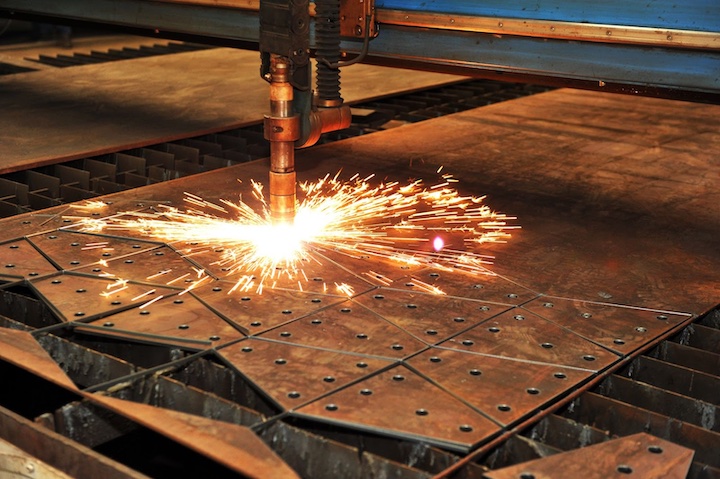It is a flexible process which plays an important role in various industries, from construction to manufacturing. It involves joining metals using melting them before joining them in order to form sturdy and lasting connections. This article explores the world of welding, including its background as well as its various types, uses, and the knowledge required to master this art of welding.
The essence of welding involves transformation. It’s an alchemical process that takes place in the industrial world that transforms the unassuming, small elements of metal into strong structures and sophisticated machinery. The process itself is as interesting as the outcomes it generates. When two parts of metal join the metals are not just stuck to one another. The process involves melting the base materials together with filler materials to form a strong and solid joint after cooling. The process of fusion results in a bond that often is stronger than the material in the initial.
It’s important to note that the field of welding isn’t a monolithic one; it’s a tapestry woven by various methods, each with its applications and intricacies. Processes like MIG (Metal Inert Gas) as well as TIG (Tungsten Inert Gas), and stick welding are but the tips of the iceberg. Each technique has its own unique peculiarities and advantages, ranging beginning with the easy and flexible MIG suitable for newbies and DIY projects to the clean and precise TIG which is used in the highest-end fabrication because of its premium quality.

A job as the welding supplies position is both difficult and fulfilling. It is not only the ability to hold a steady grip and a keen eye, but also an in-depth familiarity with the materials, physics and safety protocols. Welders must understand how different materials react to heat and how they can control their welding equipment, and how to protect themselves and others from the extreme heat and light generated by welding. It’s a profession that demands constantly learning and adjusting with the ever-changing materials and techniques constantly change the face of possibilities.
Becoming a skilled welder requires some technical understanding and hands-on experience. Welders have to be familiar with the properties of various metals, the fundamentals of metallurgy and the different welding techniques. Safety is paramount in welding and all welders should be aware of safety practices that include wearing protective gear and having proper ventilation. Also, practicing and mastery of equipment used for welding are necessary to produce high-quality welds. Numerous vocational and technical institutes offer welding training which provide the necessary knowledge and skills for success in this industry.
Despite its many benefits, welding has its own challenges and environmental issues. Welders are frequently exposed to workplace hazards that include exposure to poisonous fumes, and intense heat. The safety measures, which include respiration and protection gear can help reduce hazards. Moreover, the welding process requires a significant amount of energy, and creates emissions, contributing to environmental worries. Efforts are underway to develop greener welding processes and tools to decrease the pollution generated by the process.